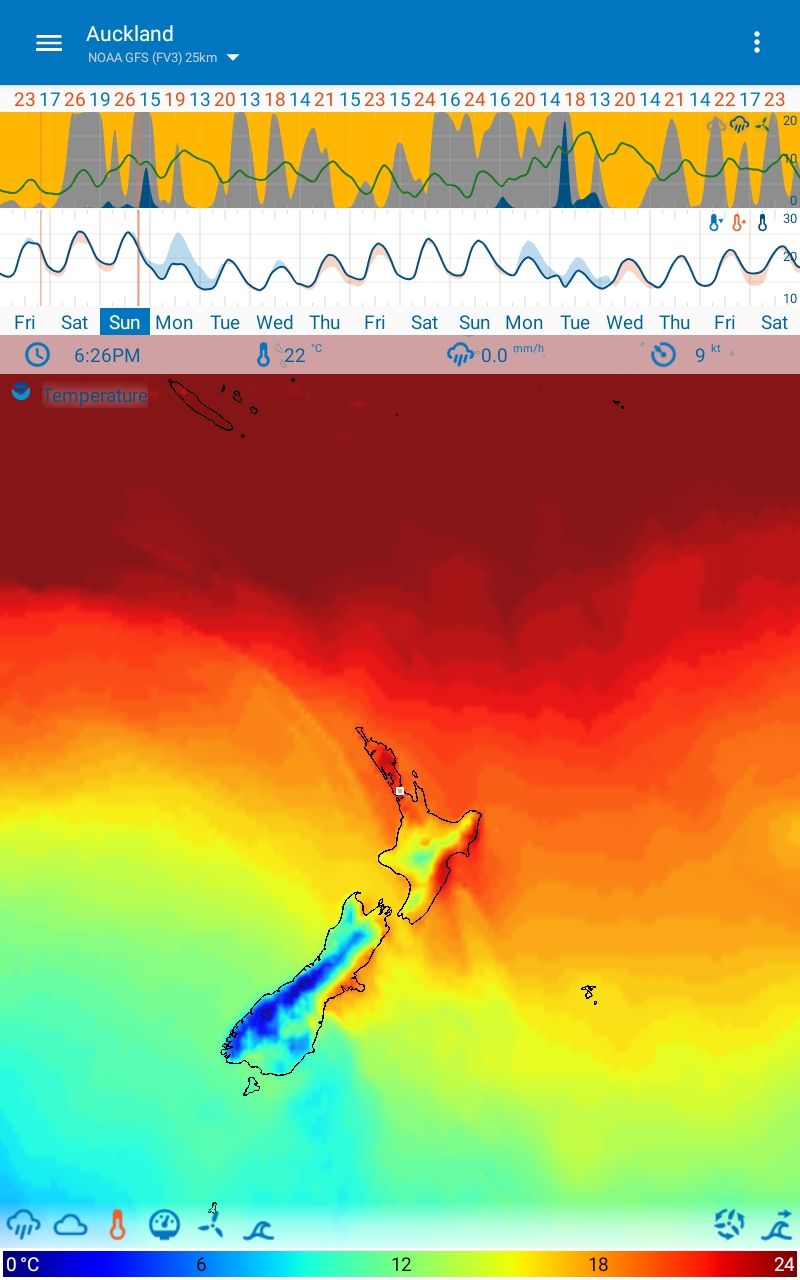I just added 16-days of NOAA GFS (FV3) forecast data to Flowx and I can already hear it:
"Useless! Weather forecasts are wrong after a few days."
Is this true?
Yes and no. Let me explain.
Yes, the forecast is wrong after a few days. In fact all forecasts are wrong as soon as they are released. It's just to what extent, 0.1%, 1%, 10%? But does a little bit wrong make it useless?
No, it's not useless for everyone. I'll explain this with some examples:
- For a wedding, a couple can check the weather every day for two weeks leading up to the big day in order to decide whether to plan for a rain venue. If a large high system is predicted for the day, then they can be confident it'll be fine. If there is an unstable low pressure system predicted in the region, then there is a chance rain will crash the wedding. This is valuable information.
- For sailing, a crew planning an open ocean voyage can look at a 16-day forecast to find the best weather window to depart.
- For a farmer, seeing the chances of rain in the coming two weeks will help with planning the irrigation of crops.
- ... and there are many other cases.

Basically, if you're interested in long-term and large weather systems, this 16-day GFS forecast is valuable.
But it's not for everyone. Clearly if you want to know the weather for your trip into work tomorrow, any forecast beyond a couple of days adds no value. That's cool, it's not for you - but it's still valuable to others.
*Fun Fact: the wedding couple mentioned above was us. A week before our wedding, I checked the long-term forecast (metvuw) every day. There was a massive high over the country so I was comfortable we wouldn't need to find a wet weather venue. This is when I pondered "A weather forecast program with a smooth swiping function would be cool" (apps weren't a thing in 2006) - and the sparkle of Flowx was born.
